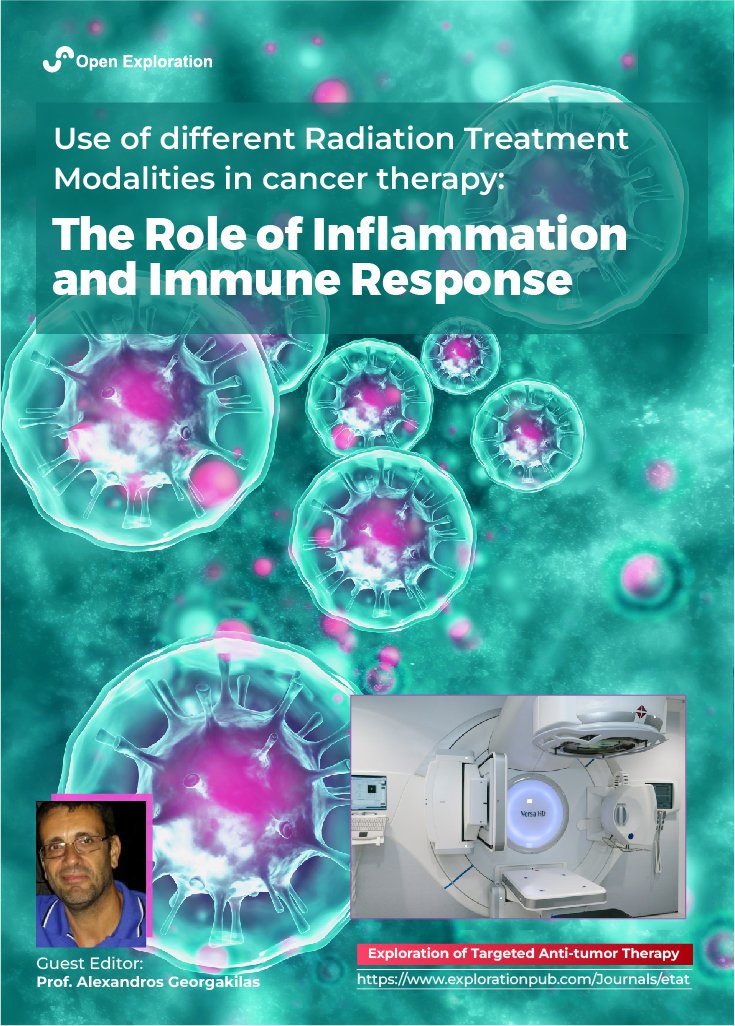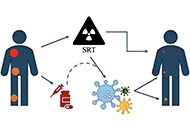
Use of Different Radiation Treatment Modalities in Cancer Therapy: The Role of Inflammation and Immune Response
Guest Editor
Prof. Alexandros Georgakilas E-Mail
Head of DNA Damage Laboratory, Physics Department, School of Applied Mathematical and Physical Sciences, National Technical University of Athens (NTUA), Athens 15780, Greece
Research Keywords: DNA damage and repair; radiation biology; biological consequences of radiations; biophysics; bioinformatics; systems biology; tumor suppressors
About the Special lssue
Radiation therapy (RT) is the major treatment for most cancer types and quite recently for non-cancer diseases. Currently the primary modalities in RT are external radiation beams or brachytherapy. External beam radiation therapy can be achieved by using radiation types, such as photons (X or γ rays), highly energetic electrons, protons and carbon ions. The external-beam radiation therapy types are:
1. Three-dimensional conformal radiation therapy (3D-CRT).
2. Intensity modulated radiation therapy (IMRT).
3. Proton or carbon beam therapy.
4. Image-guided radiation therapy (IGRT).
5. Stereotactic radiation therapy (SRT).
Brachytherapy is a specific form of radiotherapy consisting of the placement of radioactive sources directly into or next to the tumor.
In all cases of RT, adverse effects and toxicity must be minimized. The last decade a lot of information has been obtained by pre-clinical and clinical studies underlying the importance of inflammation and immune system response in the regulation of therapy toxicity. The induction of biological damage from different radiation therapy modalities will trigger various biological responses including DNA repair, cell death and release of immunogenic stress signal molecules called DAMPs. The utilization of radiation to induce a major immunogenic response against tumors is the required target.
In this special issue, we aim to gather high quality research or review papers on the above topics including experimental and in Silico studies using for example systems biology approaches to understand better the mechanistic basis of patient radiosensitivity and how to improve the quality of life of cancer survivors.
Last but not least, any current advances in personalized RT treatment are more than welcome and new RT related technologies like FLASH, SFRT and others.
Keywords: Radiation therapy, radiation biology, radiation modalities, cancer therapy, non-cancer disease, adverse effects, inflammation, immune system, bioinformatics, systems biology, systemic effects, personalized medicine
Published Articles
